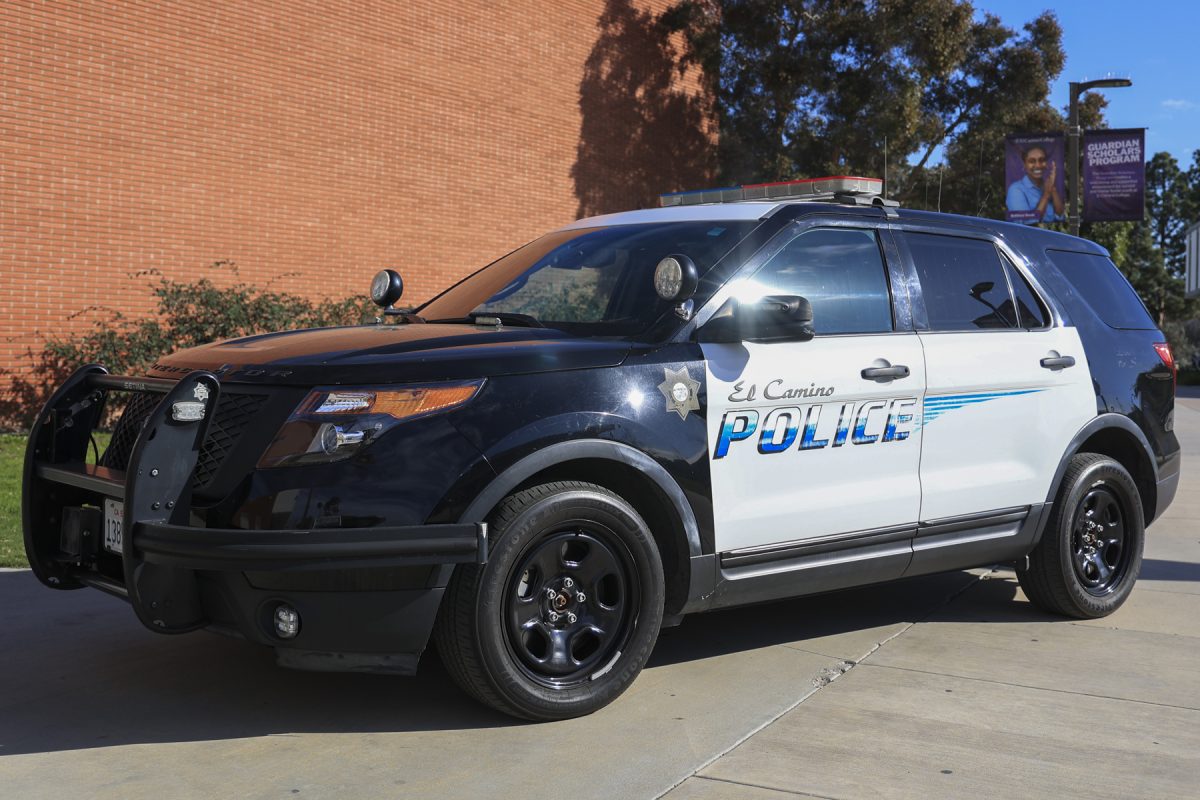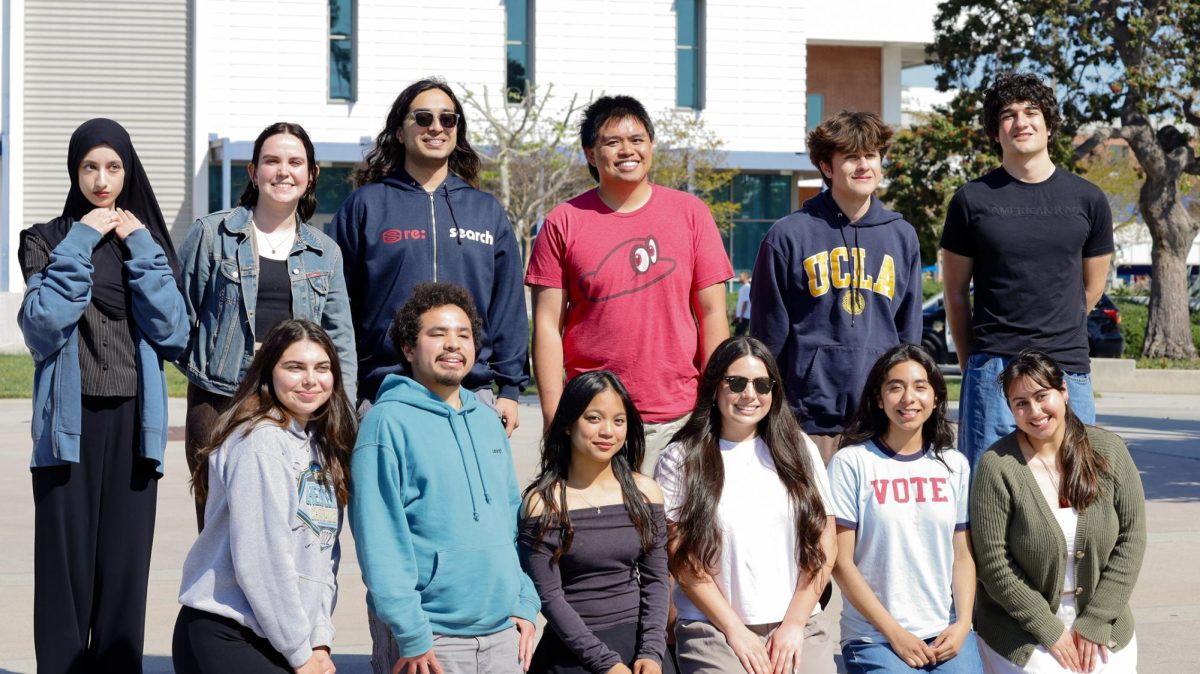Student loan debt is rising yearly and is expected to reach a record of $1 trillion this year, according to business.time.com.
Since 2007, student loan debt has doubled and the percentage of students who are in default (exceeding nine months of late payments) has increased, according to business.time.com.
“Honestly, some students take out loans because they’re available,” Hortense Cooper, director of financial aid, said. “We wouldn’t recommend loans at all. We discourage them. If you look at just educational cost there would be no need for community college students to take out student loans.”
Advisers and directors ask potential student loan borrowers to create a budget to see how much it will cost for them to go to school, which is a part of the process of obtaining a loan, Cooper added.
Students are informed that loans have to be used only for educational purposes by the financial aid director and adviser, Maria Elena Dominguez, financial aid adviser, said.
“I think if they’re properly used with the intent that they were made for, it’s useful,” Dominguez said. “Unfortunately a lot of students use it for the wrong purpose, which is to supplement their income.”
The reason community college students take out loans is actually additional expenses, Cooper said.
There is a budget worksheet that is given to those students who desire a loan, which is meant “to give them an idea of what they actually need and not what they want,” Dominguez said.
“Especially for those students who are serious about continuing their education, if they start borrowing at the community college level, they can leave school owing $50,000, $75,000, or $100,000,” Cooper said.
“It started at $35,000 (in student loans),” Johnathan Bazan, 27, computer engineering major, said. “If tuition weren’t so high, then I am sure I would pay it off every semester out of my own pocket.”
The challenge for the financial director and adviser is that by the time they meet with the students, the students already have decided that they want the loan, Cooper said.
“Our goal is to give the students the best grant possible,” Dominguez said. “They have to be processed for grants first.”
The percentage of students who borrow is low when compared to the student population, but there is still an increase every year, Cooper said. “There were “about 300 borrowers per semester last year.”
Not only can students be negatively affected by outstanding student loans, but “high default rates negatively affect the institution,” Cooper said.
“If (El Camino’s) default rate is higher than 25 percent for 3 (consecutive) years, the school faces sanctions,” Cooper added.
With EC’s 3-year official rate at 19.4 percent, the director and advisor are hoping to remain under 20 percent, Cooper said.
“We are looking at default prevention programs,” Cooper said. “We have a meeting next week (and) we are looking at definitely making some changes for (school year) 2013 – 2014.”
The director and adviser are constantly encouraging students to apply for grants, scholarships and work study, Copper said. “Anything that is, quote unquote, free money.”
“The next generation is going to be more in debt, out of any generation known in history,” Bazan said.
Students interested in applying for financial aid can visit the financial aid office.







